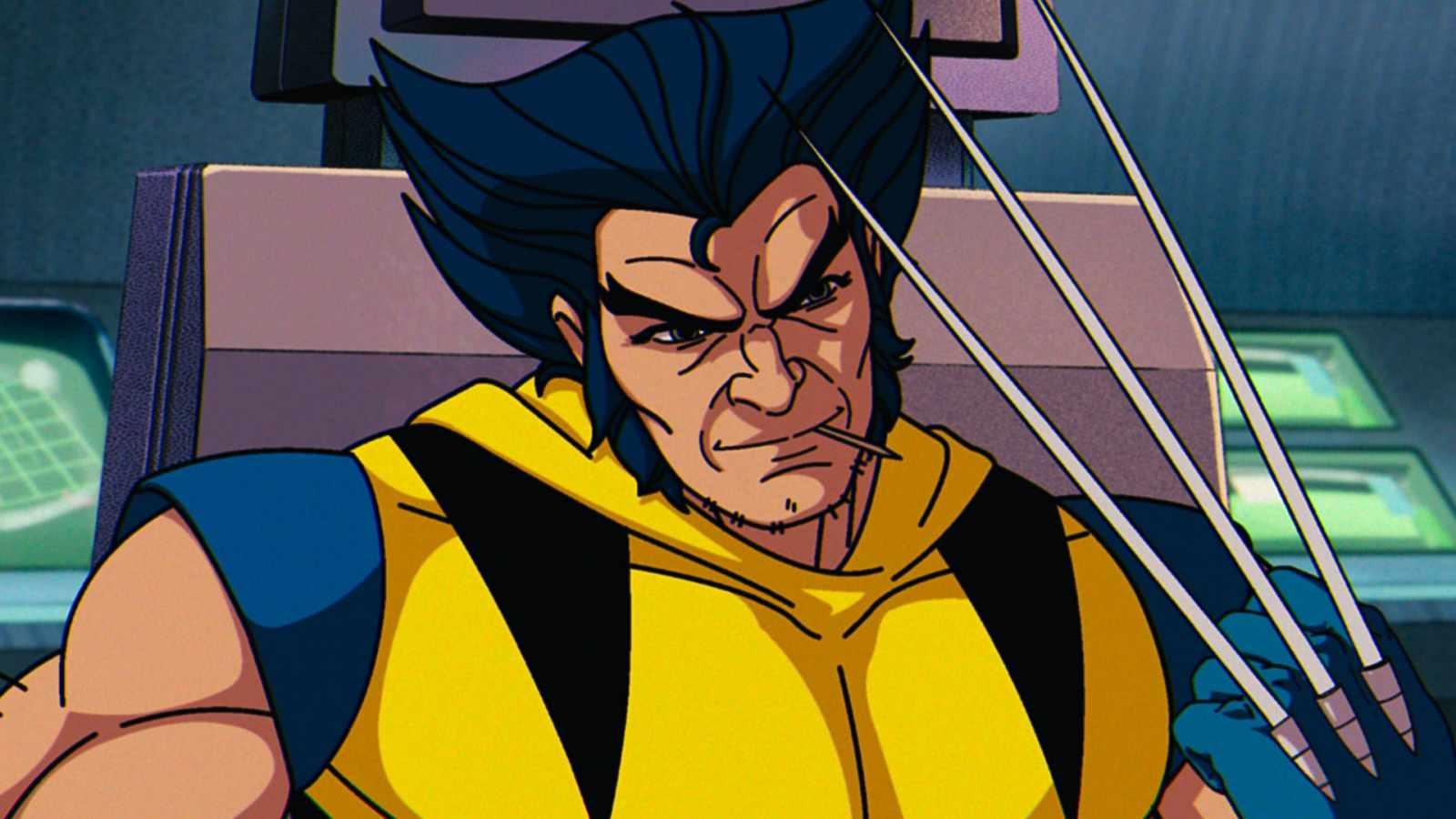Fallout’s great, but Jonathan Nolan’s best sci-fi series came out 12 years ago
 Prime Video/HBO/CBS
Prime Video/HBO/CBSPrime Video’s Fallout series worked out perfectly, but Jonathan Nolan’s best sci-fi series was released over a decade ago.
Known for large-scale contemplative sci-fi, this new TV show is a much more colorful venture than his past work, which includes Westworld, Interstellar, and Memento.
Fallout is a win for the writer and producer, but his best TV series premiered in 2011 and still sits pretty at number one.
Here’s why Person of Interest is Nolan’s underseen gem and one of the finest procedurals ever made.
It’s about AI, but don’t worry
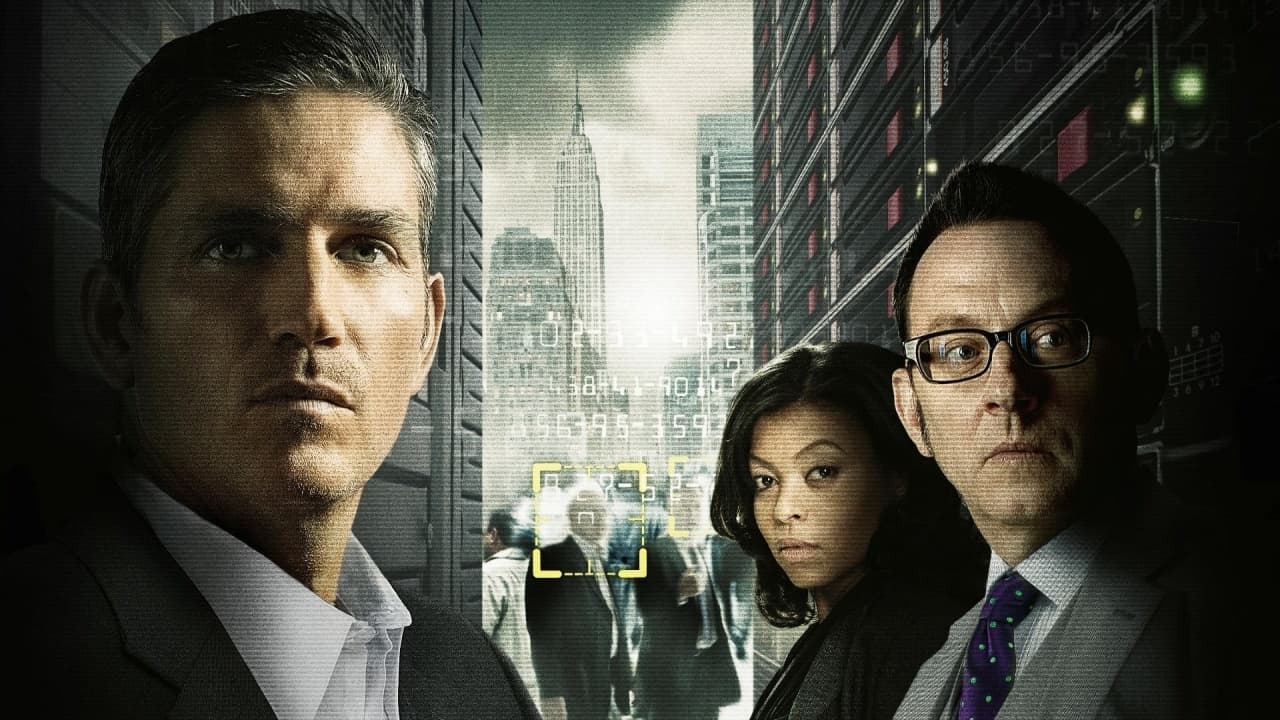 CBS
CBSBefore we wrestled with artificial intelligence’s alarming real-world impact, writers had been pondering it safely in their fictional sandboxes.
You’d be hard-pressed to find a more nuanced depiction than Person of Interest’s ‘Machine’, a one-of-a-kind AI created by the secretive Harold Finch (Michael Emerson) for the US government.
Built to predict violent crimes before they happen, the AI spit out social security numbers. The catch is that we had no idea if the numbers represented a victim or perpetrator.
Working outside the law and distrusting authorities to implement it ethically, Finch recruits a troubled and stoic ex-CIA operative called John Reese (Jim Caviezel).
Together, they tried to prevent the crimes in secret while trying to throw an NYPD Detective called Joss Carter (Taraji P. Henson) off the scent.
‘It gets better after Season 1, I swear!’
 CBS
CBSSeason 1 was confined to its procedural format. Harold wrestled with his creation, seeing The Machine as a child he should never have fathered, but the storytelling is episodic.
It’s not a bad start, but it doesn’t prepare you for how the series transcends genre, in the way a show about exponential growth should.
Light on feminine energy, Season 2 added two key players. Amy Acker, one of the most underrated actors working in television, joined as Root. She was a cynical hacker who thought The Machine was God-like and should be unchained (Harold kept it in a sort of cyber cage).
She even uses she/her pronouns when talking about The Machine, which speaks to how she sees it as something truly alive — that choice is also, as Harold put it, “illuminating”.
Sarah Shahi was also added as a female lead, Sameen Shaw, a “tiny, Persian sociopath.” Essentially, muscle with a personality disorder that left her, at best, unempathetic.
Alongside Harold, the most introverted and secretive man in New York City with a brain so sharp its creation could destabilize the entire world, the recruits created a messy semblance of a team.
Going against procedure
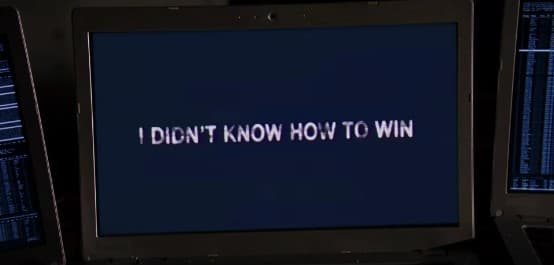 CBS
CBSWhen those chess pieces came together — the surgical Reese who cracks a smile maybe twice in the entire show, Root’s smart but unstable brain, and Shaw’s guns-blazing lack of tact — Person of Interest shed its skin.
Most episodes still focused on a new threat or victim, but Season-long arcs broke the surface and took hold. What was once an occasionally drab and formulaic story became explorative sci-fi unlike anything else on TV at the time.
The Machine, initially more of an inventive mechanic for episodic storytelling, quickly became an entity with a personality.
Person of Interest balanced its human characters and AI perfectly
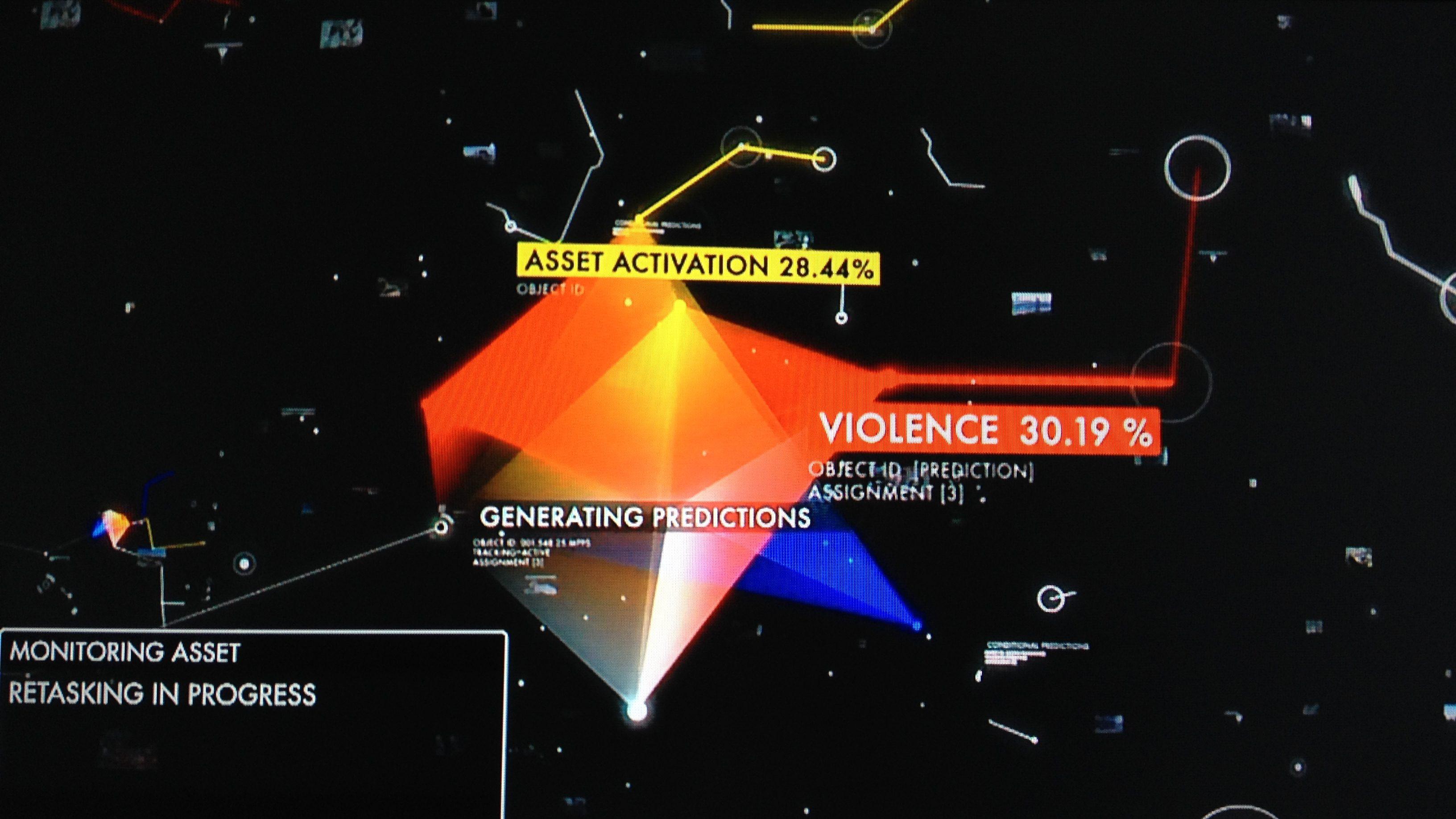 CBS
CBSThere have been plenty of good and evil AI in film and TV, but the way Person of Interest balanced the scales between its human characters and the heady AI concepts was executed perfectly.
The series often lets you into The Machine’s ‘head’. It uses the sounds of police scanners, CCTV footage, and a simple monitor that occasionally displays text to represent Harold’s world-changing invention.
The Machine’s panic was represented by fast UI navigation, curiosity was shown with zooms on faces, and investigation took the form of tapped phone calls and hacked buildings.
The series could have taken the easy route and deemed it evil or a source of pure good, but like all the other forces in the narrative, it’s treated with shades of gray that make it more engaging.
The Machine can take actions of its own accord, but does not like to disappoint its ‘father’. It has a special connection to Root, the only person The Machine truly ‘speaks’ to. Reese is simply a tool.
Ultimately, it was written in the same way all the human characters were: problematic, biased, and capable of catastrophic mistakes.
The show never stopped interrogating Harold for what he had unleashed. What The Machine could do was given weight and the consequences were always threatening, but the stakes related to the people around it.
Person of Interest’s expansive world-building
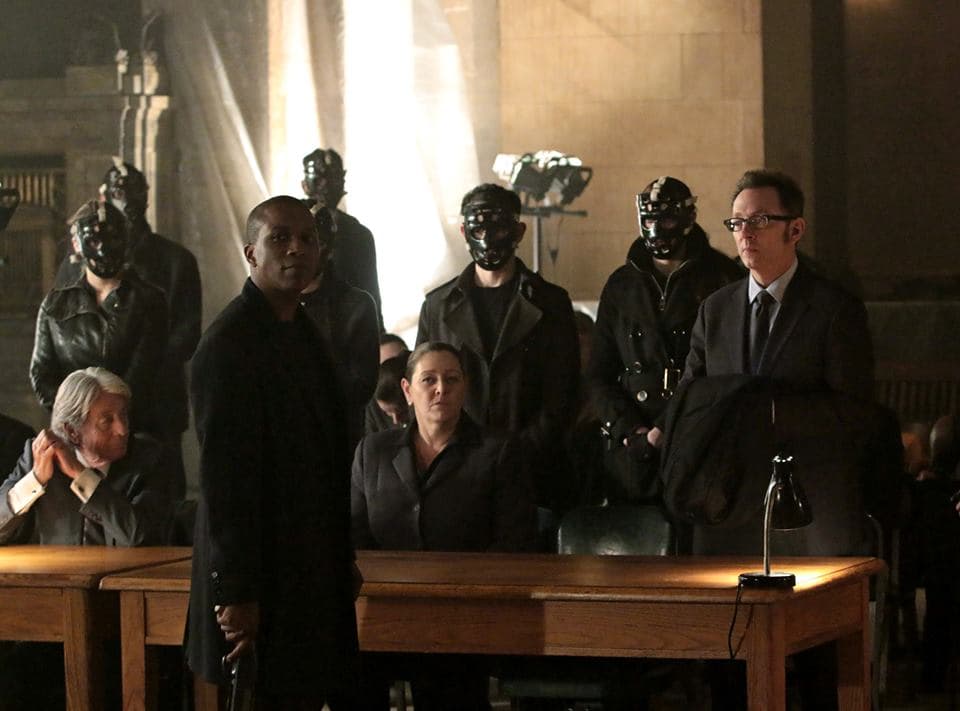 CBS
CBSThe series kept improving as it went on. By releasing its grip on its origins, the shifting sands of the story took it in new directions and allowed it to flower.
As Person of Interest expanded its ideas, its scope extended too. New threats in the form of the US government, a rival AI codenamed ‘Samaritan’, and good ol’ complicated human beings emerged as long-term antagonists.
The show could then flex its muscles with gorgeous cinematic sequences, upsetting and bold creative swings, and season finales that left the world disrupted and open-ended.
The characters’ relationships deepened too. A surprising romance between Root and Shaw bloomed from natural on-set chemistry — basically, fans said ‘Hey, wait a minute…’ and the writers agreed — characters allied themselves with people they were previously opposite to, and immoral characters were maturely studied and never two-dimensional.
If-Then-Else is the perfect episode
Every outstanding long-form story has a defining moment. For Person of Interest, it’s Season 4 Episode 11, titled ‘If-Then-Else’.
Samaritan cyber-attacks the stock exchange, leaving the team with no choice but to undertake a likely suicide mission, but that synopsis does not do it justice.
It’s a meta masterpiece that uses The Machine’s ability to envision different futures to show the viewer multiple potential timelines — taking a moment in time and stretching it like an elastic band.
The Machine processed different versions, trying desperately to avoid an outcome where its agents are killed because it had learned to value life.
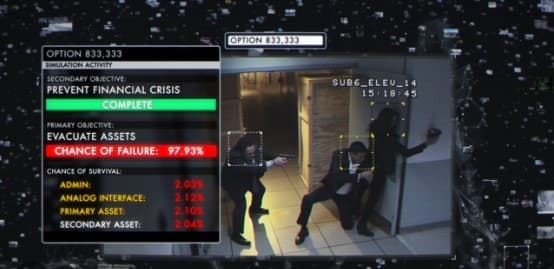 CBS
CBSAnd because we experience the outcomes from the AI’s perspective, traditional dialogue is swapped out for what The Machine thinks the characters would say based on data and adoration.
Having insight into the team’s dynamics and watching them develop together over the years, The Machine imagined Root delivering lines like “Overt come-on,” and “Playfully witty sign-off.”
The self-effacing tone demonstrated how much the show understood itself, and how the crew behind the scenes had nurtured themes and arcs.
It’s the highest-rated episode and exemplifies the lively creative playground made possible by a personable AI character. By the time If-Then-Else was released, the series had found itself in a fascinating no-man’s land between larger-than-life existential sci-fi and TV grounded in realism.
A Series Is Born
Its arguments were larger-than-life, but the production stayed rooted in the practical and everyday in a way that made everything feel naturalistic.
By the final season, Person of Interest was a smart and beautifully people-centered series. It traded its early parameters for a much rougher, raw outline. That could facilitate refreshing, imperfect, characters and an endless supply of questions about the responsibility of creation, surveillance states, and the value of life.
The formerly jaded tone was chipped away until the central thesis became faith, collective action, and encouraging people plagued by past failures to act selflessly for the greater good.
I keep coming back for more
 CBS
CBSPerson of Interest is a surprisingly hopeful show. It’s so much more than its surface veneer would indicate, and its ability to transcend its limitations made it unique.
It’s easy to revisit because there’s always something new to extrapolate from the deliberate and grand storytelling. Person of Interest rewards your time and investment in its characters, paying meaningful dividends for sticking around through its cocooning stage.
While there was a lot of moral philosophizing and challenging rich hooks, Person of Interest was also soaked in dry wit and charming personalities, as conflicting as they were likable. The show never reached for melodrama; small joys and moments of hard-won connections in the character dynamics are executed subtly by skilled actors.
It was about cynical and isolated people who think they have nothing more to give but are proven wrong by countless small acts of bravery that add up to a significant whole. The narrative centered on a technology as terrifying as it is breathtaking, but every brushstroke was deeply human.
For more small-screen coverage, check out why Fallout New Vegas fans are angry about the TV series and questions Fallout Season 2 has to answer. Or see the team’s picks for the best TV series.


